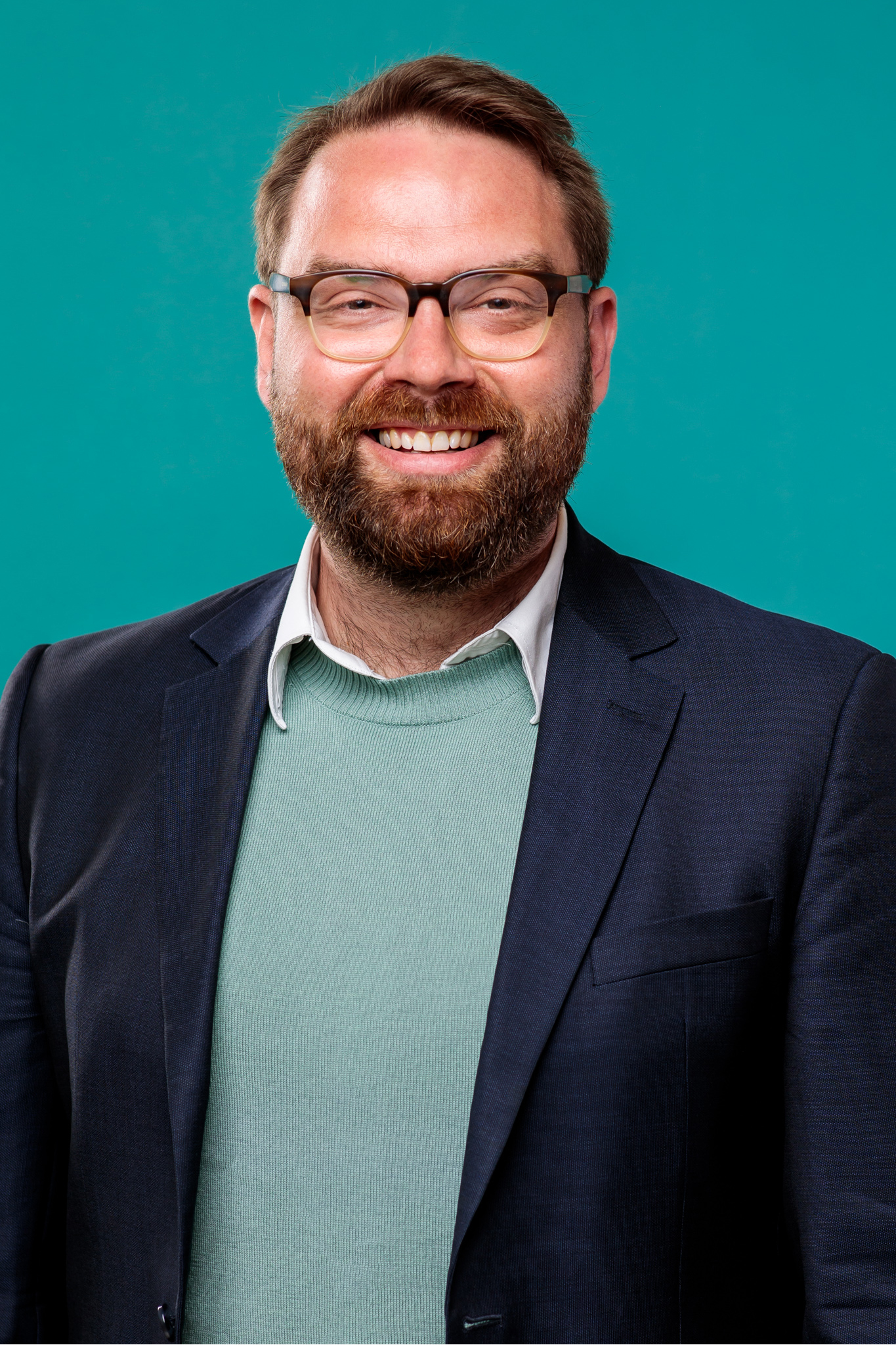What was your first, or favourite tech device?
My first tech device was a Gameboy. It was a mobile gaming device which meant I could carry it around, and frequently play different kinds of games. I could sit in the back of the car, or on the sofa, chill out and play Mario.
What do you wish for children in the area of technology, no wand in the future?
My wish is that technology supports children to disconnect. To make sure there is less ambiguity in what their technical devices communicate to them. Our devices continuously trigger us. Think of getting a message from someone. My question is how to support design that allows us to disconnect?
Teaching self-regulation to kids is an important part of it, but technology has really pervasive mechanisms to draw you in and keep you spellbound. Business might say that there is a legitimate claim to make money, but would it be too much to ask the designers who are trying to keep me behaviourally engaged to add a feature that helps me disengage?
In what way does your organisations work with children?
In the department of industrial design at our university, we’re interested in children as co-creators. We are actively bringing children into the design process of products that are developed for them. We want them to articulate and voice their concerns and interests with the idea of becoming partners in developing technology.
With all the advantages and problems that might arise from this. Because of course it’s valuable, but besides listening we need to provide a broader perspective. We do that by asking questions as well as posing problems and getting them to engage with these.
Scientifically it’s described in the idea that we have the known-known, the known-unknown, the unknown-known, and the unknown-unknown. We wonder where we can gain knowledge of what we don’t know? We all have blind spots and the input from children is very helpful when it comes to addressing these.
Why is this code relevant for your organisation or audience?
As an educator, I work with the next wave of young designers. And some of them are going to go into environments where technology is developed for kids directly. It’s very important for them to have a sense about where the issues might be. The code can function as a checklist.
Bringing these legal and ethical frameworks together in one code allows us to address levels of complexity. It helps us talk about misinformation too. We could discuss the code itself: is it a legitimate piece of work? Is it backed up properly? Or is it an opinion piece? Maybe there are political leanings in there? Or has it got substance that has been defined on a larger sphere? For a designer, these points are relevant to develop and integrate a set of values.
Which principles of the Code for Children’s rights are the most important for you, or what are you most worried about?
I am most concerned about self-regulation. To create environments that are safe to engage with. Which speaks to Principle 2 of bringing children into the design process. I think having the voices of your users integrated into the design is one of the most important pathways forward because it allows us to not overlook and paternalise the opinions of children and their needs.
How are you going to implement the code in your work?
I will get my students to read the code with a critical eye. So that they can get a sense of the boundaries in relation to their designs. And after reflecting critically to go back to the projects they have done before and see whether they have shown awareness to these principles and where they might have crossed boundaries.
I also see an opportunity in implementing it in writing our ethical report applications. Students have to apply ethical reasoning for each project and the code helps to formulate and connect their reasoning of risks and benefits. It will help ethical review boards too. Becoming a way to build best practises and reducing the workload for students and boards.
Who else should know about this code?
I think ethical review boards. Within university contexts, these board are the most important body when it comes to evaluating if ethical standard in a project involving humans have been kept. Here, the code is massively helpful. The same goes for parents who might have concerns, it gives boundaries within which projects are created.
And for research communities who must review each other’s work. We are always looking for best practices. The code can help develop best practices, which are so important to evaluate our work.

